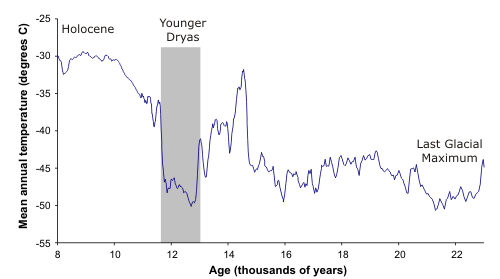A couple of years ago, I was talking on the phone with my Mum. Nothing so unusual about that, you might think (unless you’re thinking that was the last time I talked to her, in which case I assure you I’m not quite that feckless) – except that she was sitting at home in the UK, and I was standing in the middle of a field in rural New Zealand, chatting to her on my mobile phone.
What’s quite awe-inspiring about this, when you think about it, is that people who emigrated to New Zealand in the 1960s will tell you that you that they were effectively cut off from the family they left behind in Britain; letters could take weeks or months to arrive, and telegrams were short and too expensive for most. Step forward 40 years, and I was able to travel in their footsteps to the opposite side of the globe, and still engage in a real-time conversation with the folks back home. Such are the scale, and pace, of the changes wrought by satellite technology.
The Authors
Search this blog
Categories
Archives
-
Recent Posts
- No chatbots please, we’re scientists
- Golden spike or no golden spike – we are living in the Anthropocene
- We are late bending the climate change curve – but bending it still matters
- The changing picture of the Martian core
- Rivers might not need plants to meander
- Has Earth’s mantle always worked like it does today?
- How the UK’s tectonic past is key to its seismic present
- A new recipe for Large Igneous Provinces: just add BIF, then wait a couple of hundred million years
-
Recent Comments
For lot's more videos on soil moisture topics, see Drs Selker and Or's text-book support videos https://www.youtube.com/channel/UCoMb5YOZuaGtn8pZyQMSLuQ/playlists
[…] Announcing STORMS | Highly Allochthonous on Recent News […]




Nice plan for content warnings on Mastodon and the Fediverse. Now you need a Mastodon/Fediverse button on this blog.